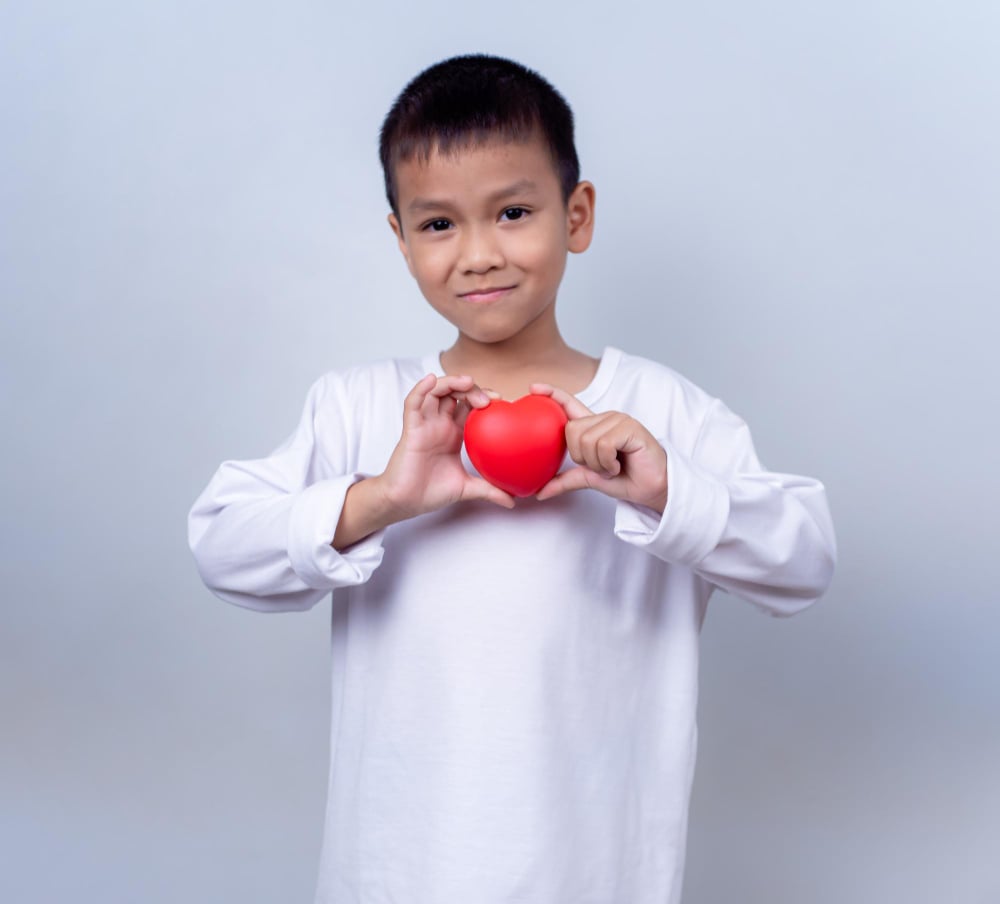Why Health, Emotions & Learning Are Inseparable in Early Childhood
 Close your eyes for a moment and imagine a #toddler making a castle out of blocks. She pauses, frowns, rearranges, rebuilds, smiles. What’s happening in that moment is not just #play — it’s a dance of body, mind, and heart.
Close your eyes for a moment and imagine a #toddler making a castle out of blocks. She pauses, frowns, rearranges, rebuilds, smiles. What’s happening in that moment is not just #play — it’s a dance of body, mind, and heart.
In #early-childhood, health, emotions, and learning don’t live in separate compartments. They are deeply intertwined threads in the tapestry of #growth. The ChildCareEd course Growing the Whole Child: Health, Emotions & Early Learning emphasizes that #development is holistic: physical well-being, social-emotional strength, and cognitive skills all influence one another. Childcare Ed
The Three Circles: How They Interact
-
Health (Body as the Foundation)
When a child’s body is rested, well-nourished, and #free of chronic #stress or illness, it’s ready to receive learning. Poor #sleep, nutrition deficits, or untreated #health issues can sap a child’s energy and distract from exploration and curiosity. -
Emotions (The Inner World)
Emotions matter. A child who's anxious or overwhelmed may struggle to concentrate or engage. Conversely, a child who feels #safe, seen, and understood is more willing to risk mistakes, ask questions, and persist. -
Learning (Mind & Brain Growth)
Cognitive learning — #language, logic, reasoning — flourishes best when the child’s body and emotions are supported. If health or emotional stress is in turmoil, new concepts may not “stick.”
In the Growing the Whole Child course, providers learn key strategies: identifying emotional stages, supporting nutrition, managing how chronic illness affects development, and using assessments that recognize social-emotional as well as cognitive growth. Childcare Ed
A Real-Life Snapshot
Imagine a preschooler named Maya. For a few days, she’s been tense and irritable. Her #teacher learns that Maya has a mild ear infection and has been waking at night. Her mood is off, and she’s withdrawn during circle time.
Because the teacher understands the health–emotion–learning connection, she adapts:
-
She checks in with Maya with gentleness.
-
She offers a quieter space or shorter tasks as Maya recovers.
-
She picks up on her emotional cues and validates her frustration.
Over time, as Maya heals, her mood brightens, curiosity returns, and her ability to focus on number or language tasks follows.
Activity: “Health-Emotion Check & Learning Map”
This is a simple reflective activity you can do with #staff or with older children (ages 6–9) to make these connections visible.
Materials:
-
Three large poster sheets or whiteboard sections labeled Health, Emotion, Learning
-
Sticky notes or index cards
-
Markers
Steps:
-
Brainstorm separately.
-
Under Health, list items like “sleep,” “nutrition,” “exercise,” “illness.”
-
Under Emotion, list “worry,” “joy,” “anger,” “sadness,” “confidence.”
-
Under Learning, list “language,” “problem-solving,” “attention,” “curiosity.”
-
-
Draw connections.
Invite participants ( #teachers or children) to draw arrows: e.g.-
“Less sleep → lower attention (Health → Learning)”
-
“Feeling frustrated → gives up early (Emotion → Learning)”
-
“Good nutrition → stable mood (Health → Emotion)”
-
-
Discuss interventions.
For each arrow, ask: What can we do to support the “from” side so the “to” side improves?
E.g. “Better snack options” or “emotion check-ins” or “rest breaks.”
This visual mapping helps everyone see that these domains are not isolated.
Why This Matters to Educators & Families
When we treat health, emotion, and learning as connected, we gain insight and leverage. We don’t just teach letters or shapes — we support the whole child. The Growing the Whole Child course arms caregivers and #educators with strategies and perspectives to underscore and #nurture that wholeness. Childcare Ed
Children flourish most when their bodies are strong, their hearts are safe, and their minds are free to explore. In weaving health, emotion, and learning together, we give them something precious: the #freedom to grow, to fail, to wonder — and to thrive.
👉 For more professional insights and practical tools, follow ChildCareED on social media and keep building your expertise in #early-childhood-education.
- Understanding Why Toddlers Bite
- Nurturing Young Minds: The Role of Early Childhood Educators in Supporting Children's Mental Health
- The Power of Play: Unleashing Potential in Early Childhood Education
- The Foundation of Future Success: Why Early Childhood Education Matters
- The Importance of Outdoor Play in Early Childhood Education: Nurturing Growth and Learning in Nature
- Managing Behaviors in the Early Childhood Education Classroom
- Nurturing Hearts and Minds: The Critical Role of Social-Emotional Learning in Early Childhood
- The Critical Importance of Early Childhood Education
- Early Childhood Education Socialization: Building Social Skills for Life
- Exploring the Cognitive Benefits of Movement in Early Childhood Classrooms
- The ABCs of ECE: Why Childcare Education Courses Are the Ultimate Parenting Hack
- Why Trauma-Informed Care Should Be a Universal Approach in Early Childhood Settings
- Benefits of Preschool: Early Education Matters
- 🎈 Better Together: Why Little Friends Make a Big Difference in Early Childhood
- 💖Heart & Harmony: Why Social-Emotional Learning Matters in Early Childhood
- Why Health, Emotions & Learning Are Inseparable in Early Childhood
- How Can Teachers Support Every Part of a Child’s Development? 🧠❤️
- 🍎 How Can Healthy Habits in Child Care Shape a Child’s Future?